Crimson Barberry: The Color Shrub That's Easy To Grow And Care For
Title: Crimson Barberry: The COLOR Shrub That's Easy to Grow and Care For
Introduction:
Crimson barberry is a colorful shrub that is easy to grow and care for. It is native to China and Japan, and it is known for its bright red foliage. Crimson barberry can grow up to 6 feet tall and wide, and it has sharp thorns. It prefers full sun and well-drained soil. Crimson barberry is drought-tolerant and deer-resistant. It is a good choice for borders, hedges, and foundation plantings.
Main Content:
Planting Crimson Barberry
Crimson barberry can be planted in the spring or fall. When planting, choose a location that receives full sun to partial shade. The soil should be well-drained and loamy. Amend the soil with compost or other organic matter before planting. Dig a hole that is twice as wide and as deep as the root ball of the barberry. Place the barberry in the hole and backfill with soil. Water the barberry well after planting.
Caring for Crimson Barberry
Crimson barberry is a low-maintenance shrub. Once it is established, it does not need to be watered frequently. Water the barberry deeply once a week during the summer months. Crimson barberry does not need to be fertilized often. Fertilize the barberry once a year in the spring with a balanced fertilizer.
Crimson barberry does not need to be pruned often. Prune the barberry in the spring to remove dead, damaged, or diseased branches. You can also prune the barberry to shape it.
Problems with Crimson Barberry
Crimson barberry is relatively pest- and disease-free. However, it can be susceptible to verticillium wilt. Verticillium wilt is a soilborne fungus that can cause the leaves of the barberry to turn yellow and die back. If you think your barberry may have verticillium wilt, contact your local nursery or garden center for treatment options.
Conclusion
Crimson barberry is a beautiful and easy-to-grow shrub that can add color and interest to your garden. It is a good choice for borders, hedges, and foundation plantings. If you are looking for a low-maintenance shrub that will add a pop of color to your landscape, crimson barberry is a great option.
Crimson barberry is a beautiful, low-maintenance shrub that is perfect for adding color and interest to your landscape. It is known for its deep crimson foliage that stays vibrant all season long. Crimson barberry is also deer-resistant and drought-tolerant, making it a great choice for even the most challenging gardening conditions.
If you are interested in learning more about crimson barberry, please visit Home Gardening. This website has a wealth of information about the plant, including its care requirements, planting tips, and pest and disease management. You can also find photos and videos of crimson barberry in different settings, so you can see how it would look in your own yard.
FAQ of crimson barberry
- Q: How much light does crimson barberry need? A: Crimson barberry prefers full sun, but can tolerate part shade. It will produce the most vibrant foliage in full sun, but can still thrive in areas that receive 4-6 hours of sunlight per day.
- Q: What kind of soil does crimson barberry need? A: Crimson barberry prefers well-drained soil. It can tolerate a variety of soil types, but will not do well in soggy soil. If your soil is clayey or prone to waterlogging, you may need to add sand or gravel to improve drainage.
- Q: How much water does crimson barberry need? A: Crimson barberry is drought tolerant once established. However, young plants will need more frequent watering, especially during hot, dry weather. Water deeply and infrequently, so that the water reaches the roots.
- Q: How do I fertilize crimson barberry? A: Crimson barberry does not need to be fertilized heavily. A light application of fertilizer in spring will help promote new growth and flowering. You can use a balanced fertilizer, such as 10-10-10, or a fertilizer specifically formulated for shrubs.
- Q: How do I prune crimson barberry? A: Crimson barberry can be pruned in late winter or early spring. Prune to shape the plant and remove any dead, diseased, or damaged branches. You can also thin out the plant to improve air circulation and reduce the risk of disease.
- Q: Is crimson barberry invasive? A: Some varieties of barberry, including the common barberry, are invasive in some areas. Crimson barberry is not considered to be invasive, but it is important to check with your local nursery or garden center to make sure that it is not prohibited in your area.
- Q: What are some pests and diseases that can affect crimson barberry?
A few pests and diseases can affect crimson barberry, including:
- Aphids: Aphids are small, soft-bodied insects that can suck the sap from leaves and stems. They can cause leaves to curl and discolor.
- Japanese beetles: Japanese beetles are large, metallic green beetles that can skeletonize leaves.
- Rust: Rust is a fungal disease that can cause leaves to develop orange or brown spots.
- Anthracnose: Anthracnose is a fungal disease that can cause leaves to develop black spots.
If you notice any pests or diseases on your crimson barberry, you can treat them with insecticidal soap, neem oil, or horticultural oil. You can also remove affected leaves and stems.
Image of crimson barberry
- Crimson barberry shrub with green leaves and red berries.

- Close-up of crimson barberry flowers.
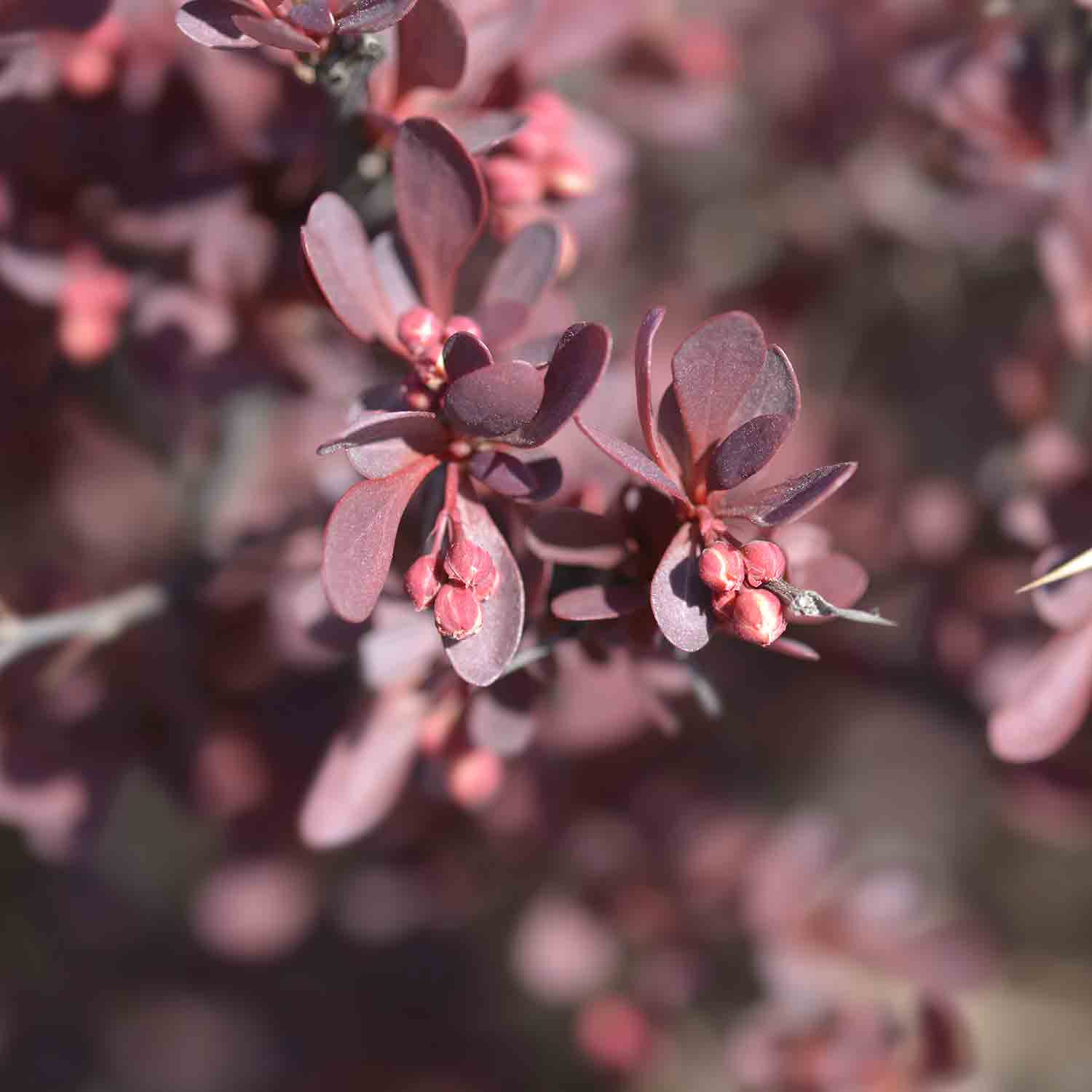
- Crimson barberry leaves in fall.
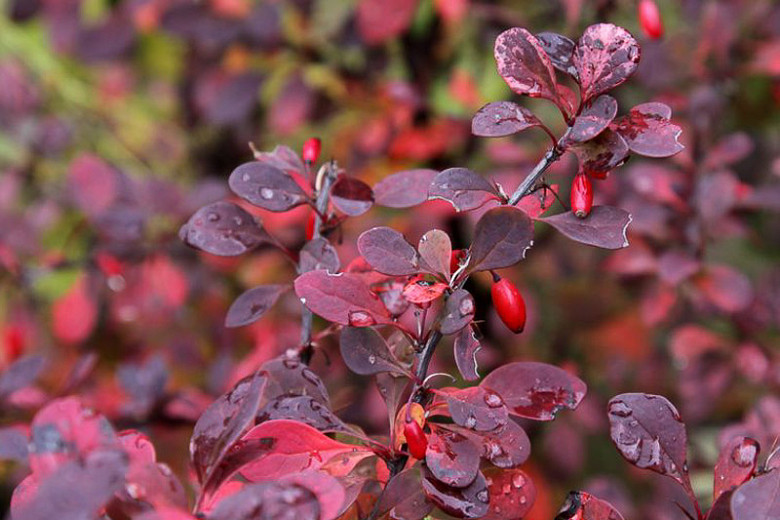
- Crimson barberry shrub with yellow flowers.
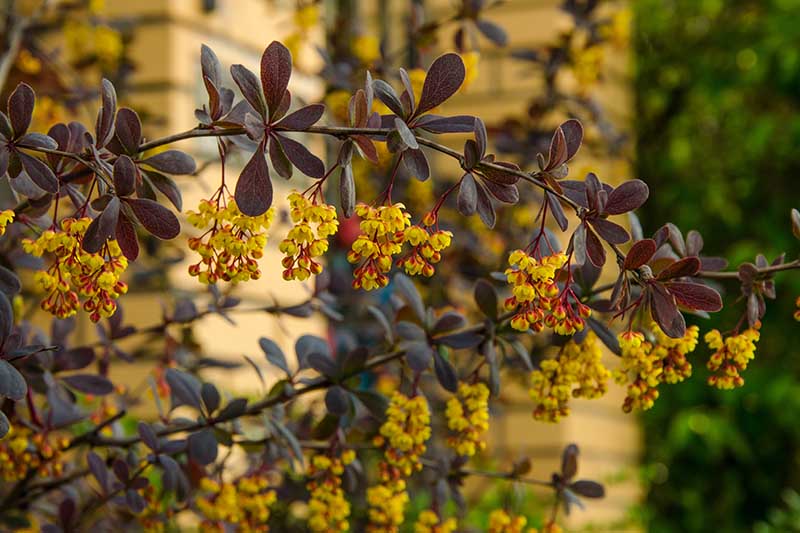
- Crimson barberry shrub with green leaves and red berries in winter.
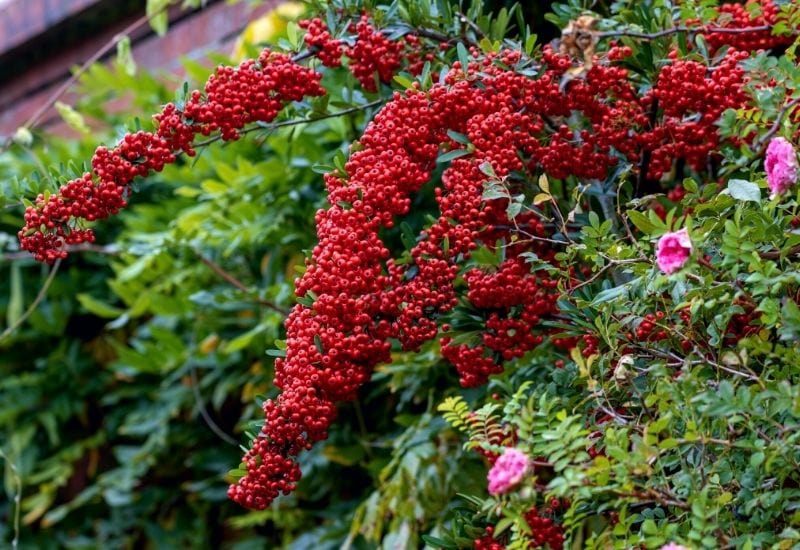
- Crimson barberry shrub with red berries and thorns.
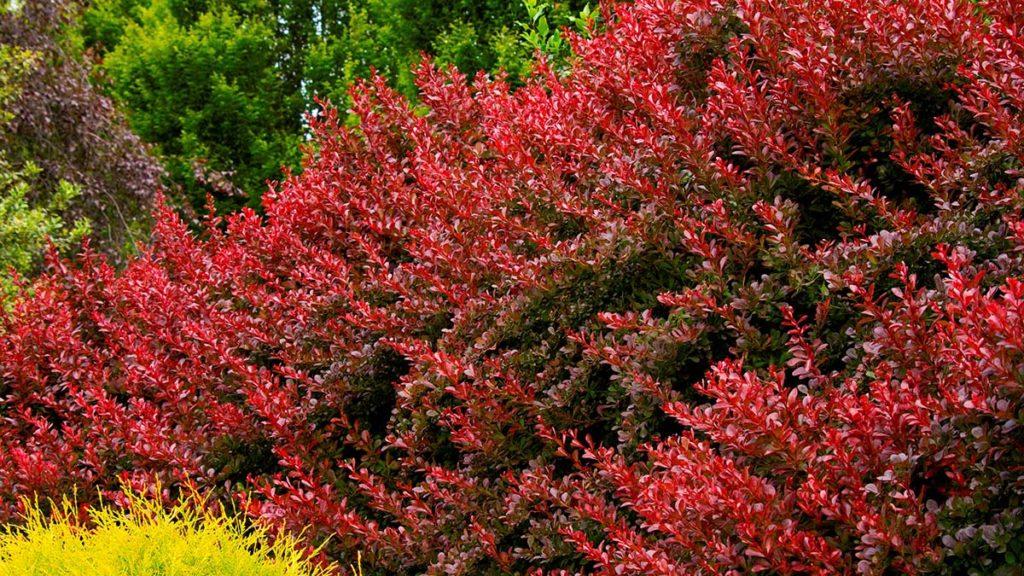
- Crimson barberry shrub in a garden.

- Crimson barberry shrub in a hedgerow.
- Crimson barberry shrub in a forest.

- Crimson barberry shrub in a pot on a patio.

Post a Comment for "Crimson Barberry: The Color Shrub That's Easy To Grow And Care For"